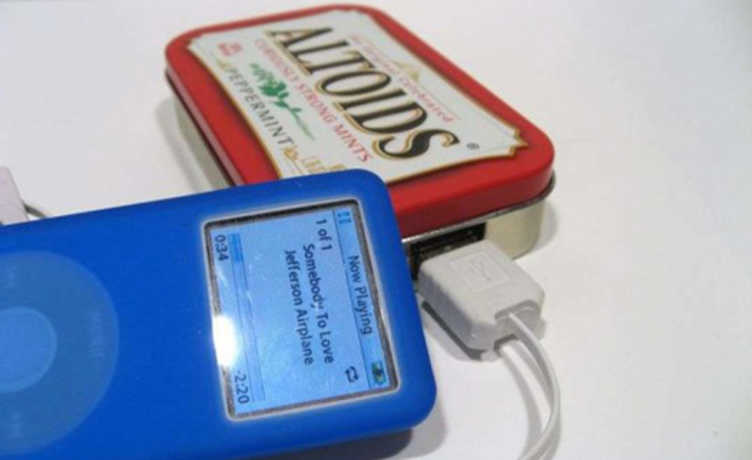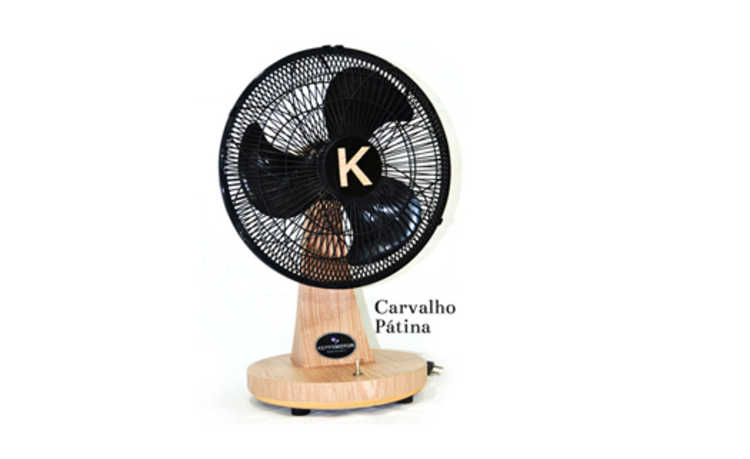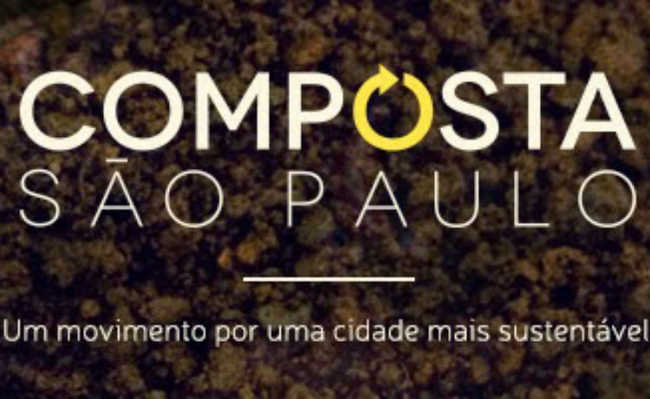What is Monosodium Glutamate
Monosodium glutamate is a powerful flavor enhancer, but its consumption generates controversy

Photo: eCycle Portal
Monosodium glutamate is a non-essential amino acid that works as a food flavor enhancer. Defined as glutamic acid sodium salt, it is naturally produced by the human body and can be found in foods such as tomatoes, mushrooms, some cheeses and meats. In its isolated version, it is used as a seasoning to provide the umami taste to foods, being widely used in oriental cuisine to enhance the perception of flavors in a dish.
- What are amino acids and what are they for
- Get to know the different types of salt available to prepare food
The umami taste of monosodium glutamate

Edited and resized image by Florian Metzner is available on Unsplash
Umami is considered the fifth basic taste of the human palate - the other four are sweet, salty, sour and bitter. The term was coined along with the isolated version of monosodium glutamate in the early 20th century and means 'tasty' in Japanese. In 1908, while tasting a soup made by his wife, Japanese chemist Kikunae Ikeda noticed a different taste from the four classified so far - the 'taste map' and the definition of the first four basic tastes were created in 1901.
The soup was made with kombu seaweed, which is one of the natural sources for obtaining monosodium glutamate which gives the umami taste. Ikeda noticed that the broth caused a peculiar sensation, but that it could also be felt in other foods, such as tomatoes and Parmesan cheese. The two main flavor characteristics are increased salivation and continued taste for a few minutes after eating the food. So, in 1908, after performing some tests, the scientist discovered that this sensation was caused by glutamic acid, an amino acid naturally present in the human body and in foods such as meat, tomatoes and mushrooms. Ikeda named the new taste umami.
- Spirulina: what is it and what is it for
- Kelp: kelp has great nutritional power
Umami was only recognized by the scientific community in 2000, when researchers at the University of Miami found specific receptors for it in the taste buds. Glutamic acid and the nucleotides inosinate and guanylate are the main substances that impart umami to foods. But this was not a problem for Professor Ikeda, as he managed to isolate monosodium glutamate from the kombu alga and, as early as 1909, launched the patent for Ajinomoto , a spice that has spread around the world and is one of the easiest ways to obtain the umami flavor .
Ikeda announced its findings on Journal of the Chemical Society of Tokyo, explaining that he had isolated a compound with the formula C5H9NO4, whose characteristics are exactly the same as glutamic acid. In nature, when a protein containing glutamic acid is broken down, through cooking, fermentation, or as it matures, it turns into monosodium glutamate, producing the umami taste.
Its make bad?
Controversial consumption
The controversy around the flavor enhancer began in 1968, when physician Robert Ho Man Kwok wrote a letter to the magazine. New England Journal of Medicine reflecting on the symptoms he felt every time he ate in Chinese restaurants. The so-called “Chinese restaurant syndrome” was quickly associated with monosodium glutamate, which can cause chest pain, headache, asthma, sweating, numbness or burning around the mouth and flushing and facial swelling in people more sensitive to the substance. and when consumed in excessive amounts.
Since then, several studies have been done on the flavor enhancer, which is considered safe for consumption by the FDA, the US Food, Drug and Cosmetic Regulatory Agency. A study in Australia offered increasing doses of glutamate in capsules to 71 healthy volunteers – treating some of them with a placebo. The researchers found that the unpleasant symptoms occurred with the same incidence, regardless of the substance ingested.
In 1995, seeking to resolve doubts surrounding glutamate consumption, the FDA commissioned the Federation of American Societies for Experimental Biology to review all scientific studies done so far. The assembled experts began by rejecting the term "Chinese restaurant syndrome" as "pejorative and not reflecting the nature of the symptoms." Scientists then concluded that there was sufficient evidence pointing to the existence of a subset of healthy individuals who might react badly to high doses of glutamate, usually within an hour of ingestion.
But these reactions were seen in studies in which volunteers were given three or more grams of glutamate diluted in water, without food, a difficult scenario to occur in the real world. Thus, glutamate is considered safe for consumption in normal amounts, not being suitable for people with sensitivity and for children, who have a more sensitive taste and are still building their immune systems.
Rethink the consumption of industrialized products
The big problem with monosodium glutamate is not its isolated consumption, but the fact that it is present in the vast majority of industrialized foods, such as canned, preserved and ready-to-eat foods. These foods, in addition to glutamate itself, contain dyes, preservatives, flavorings and other substances that, together, are highly harmful to health.
The ideal, whether to avoid the possible harmful effects of monosodium glutamate or to escape from other harmful chemical compounds, is to have a diet based on fruits, vegetables and homemade meals. Adding a little glutamate to a food you're preparing at home and about which you know the origin of all the ingredients involved is very different from consuming a serving of instant lasagna. Understand the difference between the types of food in the article: "What are fresh, processed and ultra-processed foods".
Food is a fundamental process for the development of a healthy life. So, before simply banishing ajinomoto from your spice rack, think about the origin of the foods you consume, analyze your fridge and freezer. Give preference to the consumption of fresh and organic food, meet the small producers close to your home and always value real food. Why spend money on artificial vegetable broth, composed of glutamate and other substances whose names you can't pronounce, when you can reuse the cooking water of your vegetables and make a homemade broth?
An option for those who like the umami taste of glutamate is to prepare the seasoning at home. Just like Professor Ikeda's wife used to do, you can boil kombu seaweed (available in oriental food stores) and prepare an "umami broth" to add to your dishes. It is possible to boil the seaweed and then freeze the broth. Use ice cube trays to have "tablets" of natural umami broth.
If you have problems like those associated with glutamate consumption, a good way is to build food awareness: knowing what you eat, where your food comes from and what impacts it causes. Learning to cook is a great start. This will make you develop a healthier relationship not only with your body, but with the whole context involved in eating. If you can't cook at home and need to eat out, the tip is to always look for places that serve freshly cooked meals.
- Discover other tips for healthy eating in the article: "Ministry of Health launches food guide for the Brazilian population".
If you have symptoms related to glutamate hypersensitivity, the ideal is to see a doctor, who can make a complete assessment of the clinical picture.
The video (in English, with automatic Portuguese subtitles) provides a brief explanation of what monosodium glutamate is:For a more natural diet, eating little or no artificial glutamate is recommended - mainly because of the other additives that come mixed with the flavor enhancer. We've put together in the lists below some foods you should avoid to reduce your monosodium glutamate intake.
Common supermarket foods that potentially contain monosodium glutamate:

Edited and resized image by Caroline Attwood is available on Unsplash
- Ready-made, canned or instant sauces and condiments
- Broths for meat, poultry and fish
- canned food
- 'Diet' ready-to-eat foods
- Industrialized snacks such as French fries, cheetos and nachos
- Cured and smoked meats and sausages
- Ready-made and industrialized spices and spices
- Frozen food
- Ketchup
- Hydrolyzed vegetable protein
- Powdered or canned soups
- Flavor enhancers
These are other possible names given to glutamate (they are ingredients that always contain 'processed free glutamic acid):
- Glutamic acid (E 620)
- Glutamate (E 620)
- Monosodium glutamate (E 621)
- Monopotassium Glutamate (E 622)
- Calcium glutamate (E 623)
- Monoammonium Glutamate (E 624)
- Magnesium glutamate (E 625)
- Gutamate Natrium
- Any "hydrolysate"
- Any "hydrolyzed protein"
- calcium caseinate
- Sodium Caseinate
- Yeast extract
- Torula yeast
- yeast
- Yeast Nutrient
- autolyzed yeast
- Gelatin
- textured protein
- Whey / Whey Protein
- Whey Protein / Whey Concentrate
- Whey / Whey Protein Isolated
- Soy protein
- Concentrated soy protein
- Isolated soy protein
- Any "protein"
- Any "fortified protein"
- Soy sauce
- soy sauce extract
- Any "modified enzyme"
- Anything that contains "enzymes"
- Any "fermented"
- Anything that contains "protease"
- Vetsin
- Ajinomoto
- Umami
Names of ingredients that often contain free glutamic acid (processed along with them):
- Carrageenan (E 407)
- Bouillon (broth)
- Basic broth
- Any "flavors" or "aroma"
- natural flavor
- maltodextrin
- oligodextrin
- Citric acid,
- Citrate (E 330)
- Anything "ultra-pasteurized"
- barley malt
- barley yeast
- brewer's yeast
- Pectin (E 440)
- malt extract
- Spices
For those who are highly sensitive to the substance, here are some ingredients suspected of containing or creating enough processed free glutamic acid to provoke an allergic reaction:
- Maize starch
- corn syrup
- Modified cornstarch
- Lipolyzed butter fat
- Dextrose
- rice syrup
- brown rice syrup
- Powdered milk
- Skimmed milk
- Most things “low fat” or “no fat”
- Anything "enriched"
- Anything "vitamined"
- Anything "pasteurized"
- Annatto
- Vinegar
- balsamic vinegar
- Certain amino acid chelates (citrate, aspartate and glutamate) are used as chelating agents with mineral supplements










